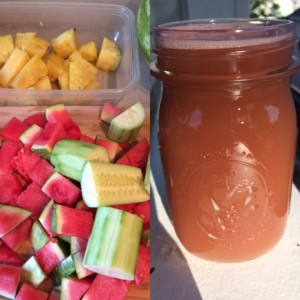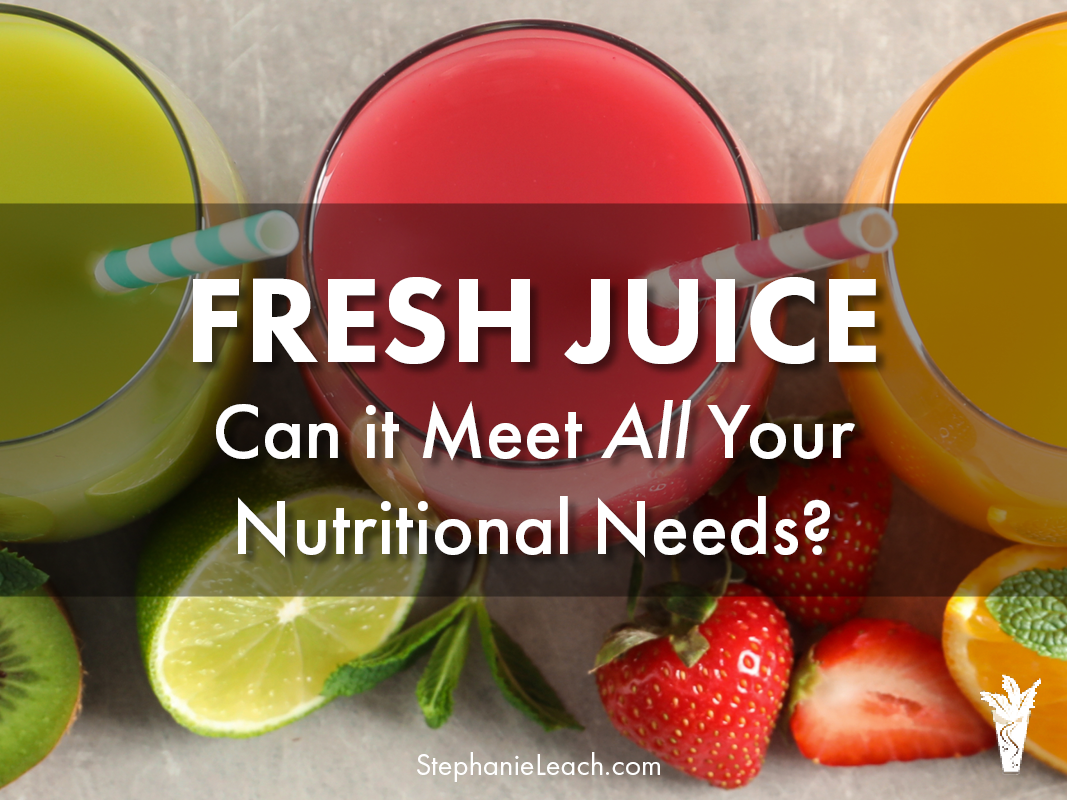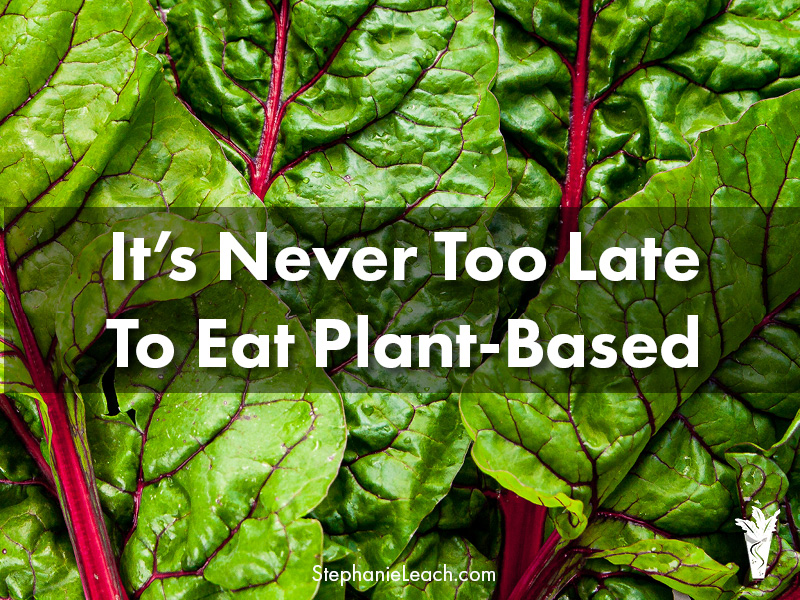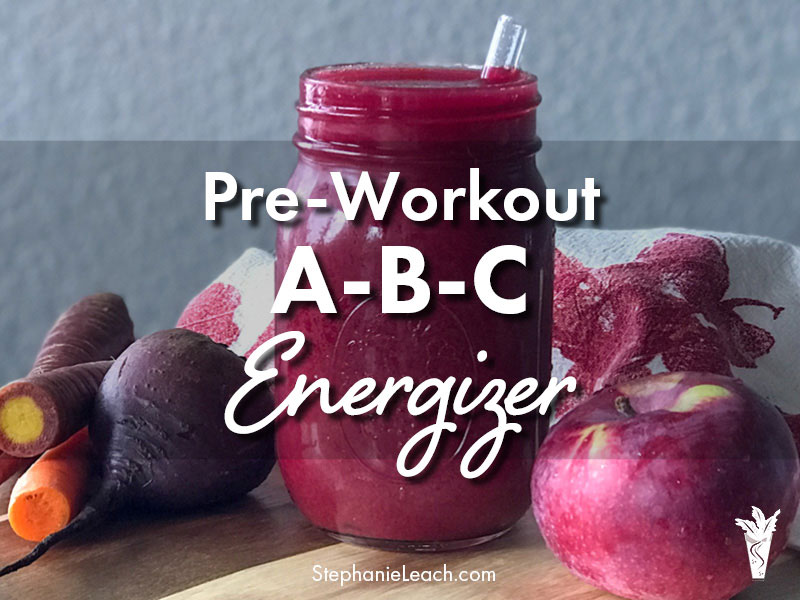[This post was updated 7/3/2019]
Watermelon is synonymous with summertime. When the weather gets hot, who doesn’t have a crush for those bright red wedges of cold, mouth-watering goodness?
Interestingly, there are many reasons to enjoy watermelon this summer beyond its ability to refresh. Watermelon is actually a nutrient dense food, delivering a high amount of vitamins, minerals and antioxidants for its relatively low calorie count.
Watermelon for Weight Loss
If you are trying to lose weight, have no fear. Watermelon’s glycemic load is a miniscule “4.” Being 92% water and containing important electrolytes, it’s a powerful hydrator. And all that water is bound with food, which slows down absorption and helps you feel fuller longer.
L-citrulline for Your Workout and Heart Health
The amino acid L-citrulline found in watermelon is converted by your body to L-arginine, an essential amino acid that helps relax blood vessels and improve circulation.
Watermelon and watermelon juice has been found to reduce muscle soreness after a workout, improve cardiovascular health in postmenopausal women, and help alleviate high blood pressure in obese, middle-aged adults.
Cancer Fighting Carotenoids
The inside of a watermelon is bright red for the same reason that tomatoes are red – the important carotenoid lycopene. Lycopene has been associated with reduced rates of cancer, especially prostate, lung and stomach cancers. Watermelon has more lycopene than any other fruit or vegetable!
It also contains other carotenoids such as beta-carotene and beta-cryptoxanthin. The latter was associated with a 15-40% reduction in the risk of lung cancer in individuals with high dietary intake of this micronutrient.
Watermelon Rind
Don’t toss the rind! Watermelon rind contains all of the same nutrients as found in the red flesh, with higher amounts of many of the vitamins, minerals and other phytonutrients.
The green outer portion of the rind contains chlorophyll which helps increase red blood cells, is anti-cancer, anti-inflammatory and detoxifying.
When juicing an organic watermelon, definitely include the rind to get all of the nutritional benefit of this delicious melon. Try this combo for a refreshing and hydrating, nutrient-dense juice: watermelon, cucumber, mint and lime.
Watermelon rind can also be pickled, curried, candied, preserved, or used in salsas and slaws.
Selection and Storage
Selecting a watermelon that has been allowed to fully ripen on the vine is important to getting the health benefits you are after. If a watermelon is picked too early, when the flesh is still white, the beta-carotene will be near zero, and even after it turns pink there will still be very little. The antioxidants in a watermelon gradually increase until the flesh is fully red.
But when you are staring at that big bin of striped green melons at the grocery store, you may be wondering how to pick a good one. One that was allowed to fully ripen on the vine.
If you’ve ever used the eeny-meeny-miny-mo method for selection, you know that doesn’t always work so well. So here is what you look for:
Heft – You want a watermelon that feels heavy for its size. Water content increases as the melon ripens, and water is heavy.
Ground Spot Color – Take a look at the belly of the watermelon, where it rested on the ground. If the ground spot color is green or white, put it back. A fully ripened watermelon will have a creamy yellow ground spot.
Dull Top – A watermelon that has been in the sun long enough to ripen will have a dulled finish on top. If it is shiny and new looking, it is probably not ripe.
“Bass” Thump – Some people swear by the thump method. Listen for a low “bass” sound rather than a hollow “soprano” sound.
Now that you have selected a heavy, creamy-bottomed, dull-topped, deep-thumping watermelon, you need to store it properly. Uncut watermelons should be stored between 50-60°F (10-16°C.) If you have a cool cellar or basement, store it there. Storing an uncut watermelon in the refrigerator will decrease its shelf life and flavor, so you won’t want to store it there long.
Fortunately, a cut watermelon retains its nutrients very well. So you can cut and store your watermelon in the refrigerator in hard plastic or preferably glass containers with a lid. Just make sure you wash the outside of the melon before cutting. As my mother would say, “you don’t know where it’s been.” Even though you aren’t eating the rind, your knife is passing through all layers and can transfer organisms you don’t want to eat from the outer rind onto the red flesh.
Watermelon Recipe Roundup
With so many reasons to indulge your watermelon crush this summer, here’s a roundup of some delicious whole food, plant-based watermelon recipes from around the web.
Watermelon Avocado Arugula Salad











Leave A Comment